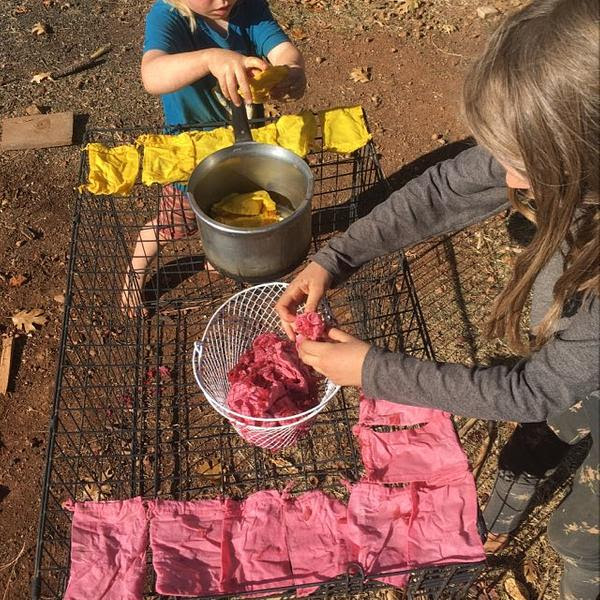Variety Spotlight: Drink Hibiscus Roselle for Juneteenth
|
Do you ever stop to think about the stories behind the plants in your garden? How did those seeds move around the world? Who’s pockets did they travel in? Where are they native to?
A few weeks ago a friend told me about a tasty caribbean drink called Sorrel she was making with hibiscus and chai like spices and sent me the recipe. This jogged my memory: our friends the Kesslers, who spent many years in Eritrea, often served me a similar sweetened hibiscus drink when visiting their home. My curiosity piqued. I soon had 10 web pages open about the history of Hibiscus Roselle and learned that it has significant cultural significance to people of the African diaspora as well as many parts of Asia and India. In fact, it has been a staple red drink for Juneteenth celebrations since the end of slavery. Hibiscus Roselle, Hibiscus sabdariffa, is likely native to West Africa and during the 16-17th centuries traveled to Asia and India. With the slave trade to the Americas it stands to reason that it also arrived in the southern US at the same time. Here it was cultivated by slaves along with other plant crops from Africa like okra. Hibiscus thrives in tropical climates where it becomes a woody perennial and the stem fibers are used to make jute. The calyx petals are harvested and used to make this ubiquitous drink served hot or cold, spiced or plain, sweet or tart.
Hibiscus seeds sprout easily and are best started 6-8 weeks before the last frost since they need a long warm season to
Harvest the calyx- this is the fleshy 'petals' under the flower petals. After the flower has bloomed the calyx will close around the seed pod. Hibiscus yields beautiful pink/red plant dye. Here we simmered hibiscus calyxes in water to dye these small bags. The yellow dye was made using Shades of Gold marigold. The bags were soaked in the dye for several hours. To Prepare: Heat water and steep the dried hibiscus for 10-15 minutes. If you wish to add spice simmer the conncoction with spices gently. Strain and sweeten if desired. Dried hibiscus can usually be found in the bulk herb section of your local natural foods store or home grown. In most central and northern climate zones in the US Hibiscus is grown as an annual. The seeds are easily started in potting soil and since it needs a long season with heat to produce I recommend starting them early when you would typically start your tomatoes or peppers. For folks in hot southern regions or in the CA central valley, where the season is long, you could likely still start these from seed and get a crop. We live in the foothills at 2500 ft and while the season is long enough to harvest for tea, it is a stretch to get good seed. This week, with Juneteenth approaching, I’ve been reflecting on our country’s history and where we are now. In nearly every profession or walk of life there are uncomfortable truths involving systemic racism, including farming. Did you know? *Between 1910 and 2017 black farmers lost 11.3 million acres of land. *Just .5 % of all farmers are black. *The American Rescue Plan of 2021 promised $4 billion in debt relief aid to BIPOC farmers but the payments, due to start in June 2022, have been stalled due to lawsuits from white farmers claiming discrimination. As a farm based seed company we stand with movements that promote social justice and food equity. To honor Juneteenth this year we have donated 50% of our proceeds of Hibiscus Roselle in 2022 to the National Black Food and Justice Alliance so they may further their work in food sovereignty and self-determination. For many white Americans, including our family, this Juneteenth will only be the second we have ever marked. We will spend it talking to our children about the history and commit to deepened relationships, understanding and action. Happy Juneteenth! Kalan For further reading on this topic visit these links: Black Farmers Fear Foreclosure as Debt Relief Remains Frozen - The New York Times American Rescue Plan Debt Payments | Farmers.gov US Black farmers lost $326 bln worth of land in 20th century -study | Reuters The History of Hibiscus Drinks in the African Diaspora (seriouseats.com) |
|
|
|






